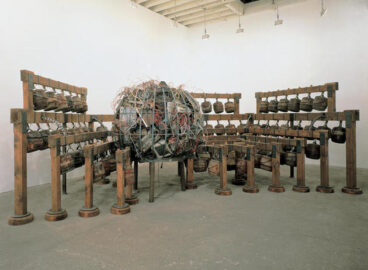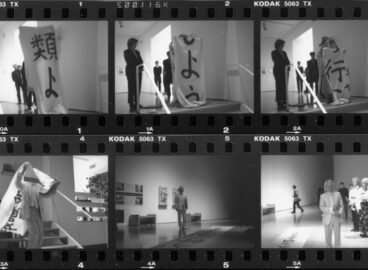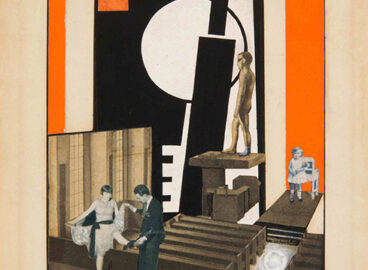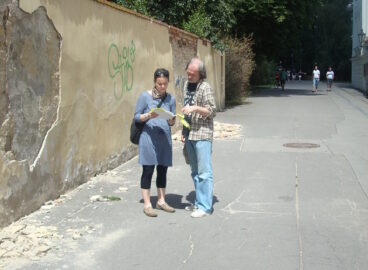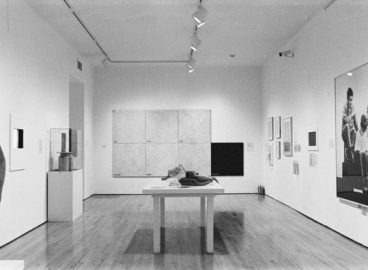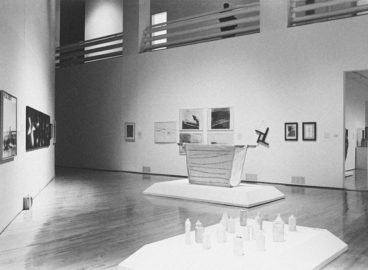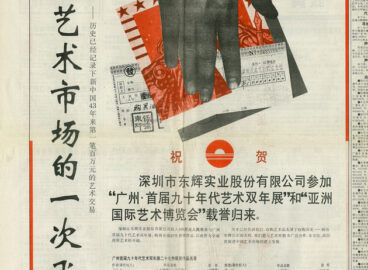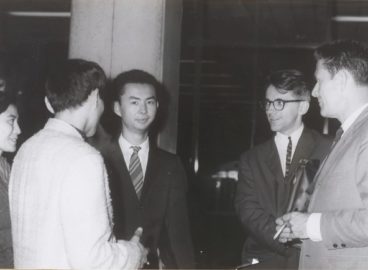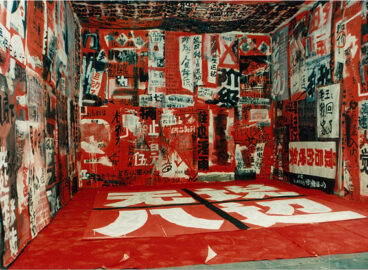Chen Zhen’s Personal Art Conservator: An Interview with Xu Min
Chen Zhen’s death in 2000 did not stop his art from living on, thanks to the hard work of Xu Min—Chen Zhen’s widow, who continues to organize his solo shows and also to restore his artworks. Xu was trained as an artist in Shanghai, but she has dedicated herself to supporting Chen’s art since the couple…
